This give me great pause....
roseseek
6 years ago
Featured Answer
Sort by:Oldest
Comments (50)
Lynn-in-TX-Z8b- Austin Area/Hill Country
6 years agolast modified: 6 years agoroseseek thanked Lynn-in-TX-Z8b- Austin Area/Hill CountryDingo2001 - Z5 Chicagoland
6 years agoRelated Discussions
vermicomposting tea granules
Comments (1)The linked web site is I think the manufacturer of this product but they have no information about use either. However this sttement by them, "Soil amendments are usually single purpose products that address a specific soil problem." gives me great pause because that makes it appear they do not know why people amend soil. I'm not sure I wouild buy anything from them. Unfortunately I cannot answer your question since the manufacturer does not either. Here is a link that might be useful: GreatGrow?...See MoreWhy are Asko and Miele washer/dryer reviews so polarized?
Comments (46)Asko owner for 21 years. designed into a kitchen, as in Europe. They are quieter due to being used in kitchen, I find I can do a king size set of sheets, with 6 pillow cases quite fine. I dry my sheets separately since doing together has me doing another period. The high rpm of spins I like, has clothes dryer before drying. And some nice shorter cycles, a good cold water one, again so quiet you can eat in the same room and hear one another. I use a lot less soap powder , 1 Tablespoon per load, always the HE of any brand. I add 1 Tablespoon of Oxi-Clean also. some softener also. Very clean clothes. The looks, Great. mine are white, have it next to a Kitchen -Aid, white and wood cabinets. Now the down side. Replaced the set about 7 years ago, I think we just wore them out ! how 2 people need to wash so much. We have had several niggling things with the newer set, dryer is not out in the middle of the floor, belt wore out. Waiting for part. Ours are trouble because we designed them under a counter that supports a china cabinet, always needing to be unloaded because once the units are out there is no support for the above cabinet when fully loaded. In the process of redoing the bathroom to hold the Asko's, easier access if needed to work on. Note: I had a Maytag set (regular size) for 24 years with very little trouble. So, if they are not built in to make them difficult to extract and work on, they are really good looking....See MoreIKEA in Semi-custom and Custom Homes
Comments (37)Interesting thread! We built our home 15 years ago and had custom built (and I mean a single guy built them himself) cabinets throughout the house. All solid wood. Book matched. No stain--let the natural beauty of the wood show!. Maple in the kitchen. Cherry in the bar area. Walnut in the kitchenette in the lower level. They are beautiful, no doubt. My husband is a hobbyist woodworker and is a total SNOB about cabinetry. Then we bought a vacation/retirement home in northern CA a couple of years ago. Renovating it now. Here's how I looked at it. - The boxes for the kitchen cabs need to be solid, well built - If I get frameless boxes, I have the choice of changing the doors if I want something different down the road - I want a decent amount of options for designing the space, but I have long ago decided that I never will be a professional cook, and I don't need every single design feature (those of you who cook a ton deserve those clever design details!). - I wanted high end finishes (counter and backsplash in particular). - We have to spend a lot of money on the rest of the renovation and I didn't want to spend so much on the kitchen that I limited what we spent on other areas. So, we looked at IKEA. Don't be scared by the furniture. The cabinets are totally different. When we looked at what we could pay for IKEA cabs relative to other cabinet manufacturers, it was easy to say yes. We considered custom doors, but in the end we decided to do the doors with IKEA too. DH and I assembled and hung a lot of them. He is VERY handy, and he has said many times that it's all about the installation if you are DIY. We found a local former cabinet maker to finish the installation (we had to travel back home). Interesting thing is this guy, who is an amazing cabinet maker, said he can't stay in business doing cabinets any longer because he just can't compete with IKEA (this may be more true in CA than other parts of the country). Now, when I compare the kitchen in both homes, one doesn't feel more "high end" than the other. They are simply very different. Both look custom built. When we sell our current home, will 90% of the buyers out there realize the quality of our cabinets? Nope. I'm sure someone will walk in and say "I can't wait to paint these wood cabinets white". LOL! I will say that working with IKEA is easiest if there is one near you. The people in the stores seem to be very knowledgeable and eager to help. During their kitchen sales it is busy, so go on a Tuesday or Weds. And there is a learning curve when it comes to ordering. What made our process a PIA was doing it from a distance. I won't go into the gory details! Good luck with your decision!...See MoreGive me Liberty or Give Me Six
Comments (8)Thanks Jo and Sandy. It does look like slate, but it is called Pennsylvania field stone, Jo. They are only one eye, but with good mass of healthy roots. I'm hoping they grow quickly....See Moreroseseek
6 years agochris_in_wv (z6/7)
6 years agoDingo2001 - Z5 Chicagoland
6 years agolast modified: 6 years agosultry_jasmine_nights (Florida-9a-ish)
6 years agoroseseek
6 years agonanadollZ7 SWIdaho
6 years agoroseseek
6 years agolast modified: 6 years agokublakan
6 years agobethnorcal9
6 years agolast modified: 6 years agoMoses, Pittsburgh, W. PA., zone 5/6, USA
6 years agolast modified: 6 years agoroseseek thanked Moses, Pittsburgh, W. PA., zone 5/6, USAroseseek
6 years agolast modified: 6 years agoLynn-in-TX-Z8b- Austin Area/Hill Country
6 years agoroseseek thanked Lynn-in-TX-Z8b- Austin Area/Hill Countryroseseek
6 years agoMoses, Pittsburgh, W. PA., zone 5/6, USA
6 years agolast modified: 6 years agoroseseek thanked Moses, Pittsburgh, W. PA., zone 5/6, USAroseseek
6 years agoMoses, Pittsburgh, W. PA., zone 5/6, USA
6 years agolast modified: 6 years agowitchygirrl6bwv
6 years agoroseseek
6 years agowitchygirrl6bwv
6 years agoromogen
6 years agoalameda/zone 8/East Texas
6 years agoBenT (NorCal 9B Sunset 14)
6 years agolast modified: 6 years agoalameda/zone 8/East Texas
6 years agoBenT (NorCal 9B Sunset 14)
6 years agolast modified: 6 years agoroseseek thanked BenT (NorCal 9B Sunset 14)witchygirrl6bwv
6 years agoroseseek
6 years agowitchygirrl6bwv
6 years agosultry_jasmine_nights (Florida-9a-ish)
6 years agohenry_kuska
6 years agoroseseek
6 years agoromogen
6 years agoroseseek
6 years agoroseseek
6 years agowitchygirrl6bwv
6 years agoroseseek
6 years agowitchygirrl6bwv
6 years agoSheila z8a Rogue Valley OR
6 years agoroseseek
6 years agogarden nut z9b
6 years agolast modified: 6 years agowitchygirrl6bwv
6 years agoSheila z8a Rogue Valley OR
6 years agohenry_kuska
6 years ago
Related Stories

GRAYChoosing Color: Give Me More Gray Days
Layer On the Grays for a Sophisticated Look in Any Room
Full Story
ARCHITECTUREDesign Workshop: Give Me an ‘H’
Look to modern versions of an H-shaped medieval floor plan for more privacy and natural light
Full Story
REMODELING GUIDESGive Me a Wall, a Roof, or a House of Glass
Swoon over spaces warmed by sunlight — from one side, or many
Full Story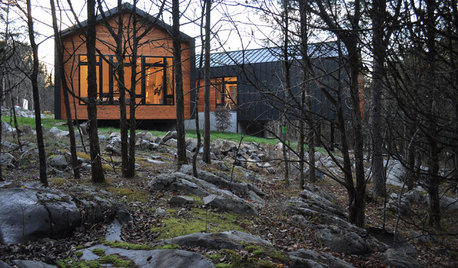
ARCHITECTUREHouzz Tour: Give Me a ‘Y’
The 3-legged plan of this Tennessee house responds to its site with covered outdoor spaces and nature views
Full Story
GRASSESGreat Design Plant: Deer Grass
Give wildlife a snack and give yourself a break — this food-source grass is easygoing in many climates and conditions
Full Story
DECORATING GUIDESGreat New Looks for an Accessory You Already Own
Give handrails and walls the same warmth as your toes by using blankets as decor
Full Story
GARDENING GUIDESGreat Design Plant: Butterfly-Friendly Crossvine
Colorful climber gives gardens a boost year-round with bountiful blooms
Full Story
MORE ROOMSFrom Tots to Teens: Great Spaces for Boys
Give Boys Color, a Place for Fun, and Room to Wind Down
Full Story
REMODELING GUIDESFrame Your Views With Great Moldings and Casings
How to Work With Trim to Give Your Space Depth and Interest
Full Story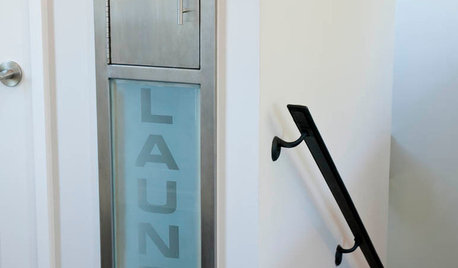
GREAT HOME PROJECTSHate Hauling Laundry? Give Dirty Clothes the Chute
New project for a new year: Install a quick route to the laundry room
Full Story


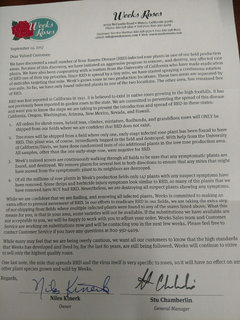
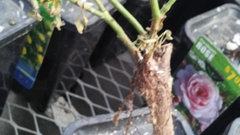
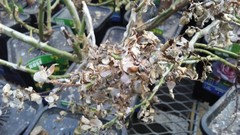









stillanntn6b